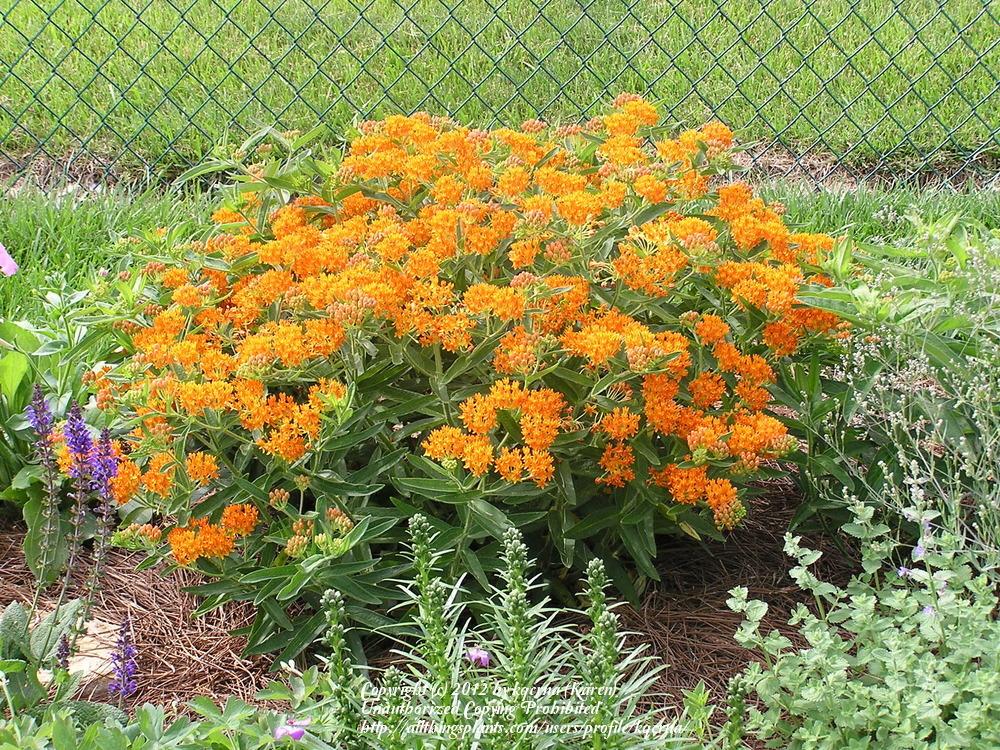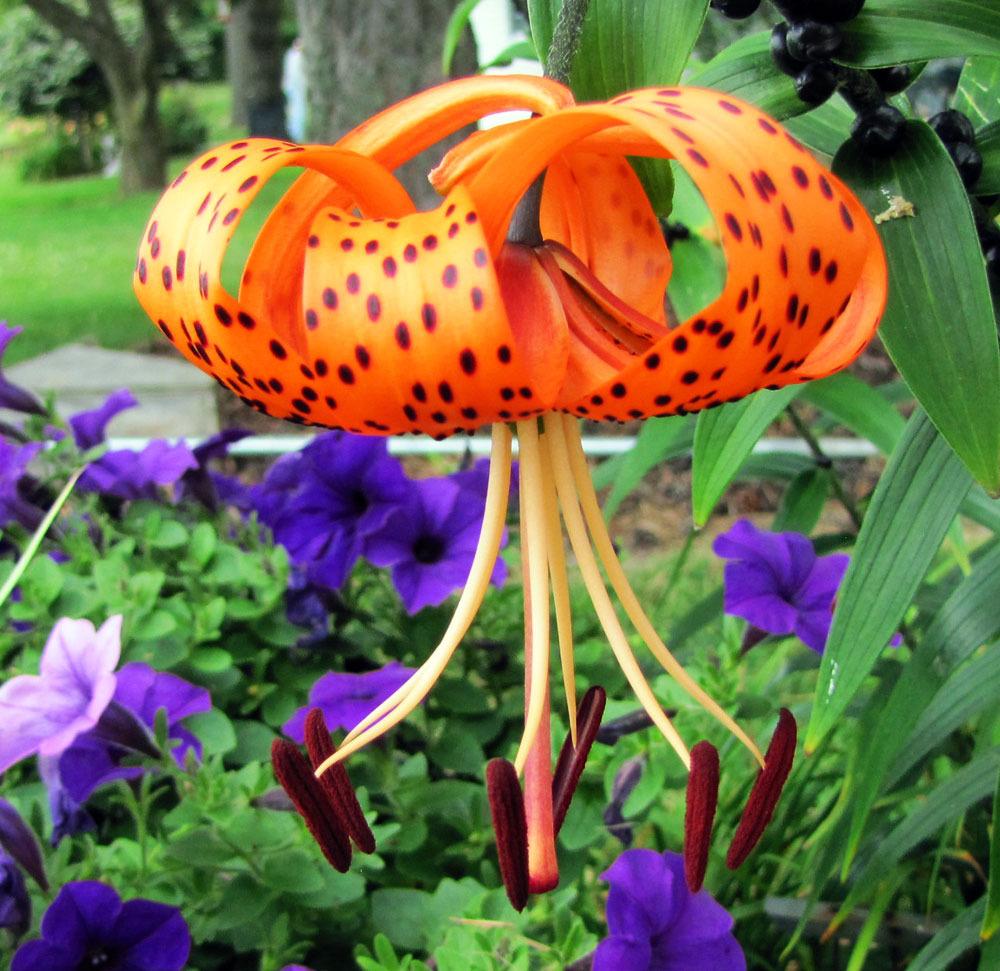By William Moss
Good news for all gardeners: Whether you consider September to be the last month of summer or the first month of fall, it's perfect weather for gardening. For homeowners, schools, churches, community groups, condo associations, block clubs, and others thinking about creating a new garden, this is a great time to get started. The cooler days are perfect for constructing fences and arbors and raised beds, installing walkways and watering systems, and, of course, planting.
September brings prime conditions for settling plants into new locations. Temperatures begin to moderate. There are fewer hot days but still plenty of warmth. Nights begin to cool without dipping too low. The intensity of the sun is reduced from the ferocious July and August levels, so plants don't have to expend as much energy cooling off through transpiration. Lower sun intensity also means less moisture lost to evaporation. With less moisture in the air, the humidity drops from the fungus-promoting levels of midsummer. Because of the cooler and drier conditions, diseases and insect pests are generally less of a problem.
Fall Bloomers
When people think of the colors of September, they typically imagine the changing fall foliage, but there are many plants that still have dazzling flowers to expand the palette. Late-blooming perennials include asters, mums, autumn crocuses, monkshood, butterfly weed, and sunflowers. Fall annuals like violets, pansies, snapdragons, and ornamental kale will provide color through the first hard frosts. Pee Gee hydrangeas, bluebeard (
Caryopteris x
clandonensis), sweet autumn clematis, and seven sons tree (
Heptacodium miconioides) are some of the woodies that bloom throughout the month. You will find these and many others at most nurseries.
Spring and Summer Bloomers
Many of our favorite spring bloomers thrive with September planting, including spring bulbs and wildflowers, primroses, hellebores, crab apples, serviceberries, lilacs, and dogwoods. The same is true for a host of summer showstoppers like coneflowers, lilies, iris, and peonies. Newly planted spring- and summer-flowering perennials and shrubs are in no rush to grow leaves and flowers because the season is ending. All the energy is focused into root growth, which continues well into fall until soil temperatures dip below 40 degrees. The more developed the root system, the better the plant will deal with adverse conditions that may occur next year. Particularly in dry climates, planting in fall instead of spring gives roots ample time to establish before having to deal with the heat and aridity of summer.
Trees and Shrubs
Most ornamental and shade trees can be planted now. In cold climates, however, some trees adapt better to spring planting. These include thick-rooted trees such as fir, birch, gingko, larch, sweet gum, some oaks, bald cypress, yew, and hemlock.
New Lawns
In addition to ornamentals, turf grass also benefits from a September planting. Sod will quickly establish in the mild, sunny days. Because most weeds germinate in spring, grass seeds sown in September have an opportunity to germinate without much competition.
Veggies
For those like my grandfather who think gardens are just for crops, there is still time to plant edibles. Lettuce, radishes, arugula, mustard, spinach, chervil, and other greens can be sown now. After a week or so, the thinned seedlings can be used as sprouts in a salad. In cold climates be sure to harvest before the first hard frost. Covering the plants with a floating row cover can extend the harvest.
Tips
Don't fear the nip in the air, take advantage of the lovely September weather by adding to your existing garden or planting a new one. Use these tips to get started:
1. Check the history of the site. Know how the land was formerly used and/or abused.
2. Design the garden space on paper. Whether it's a professional drawing or a simple sketch on a napkin, have a plan before digging.
3. Build and install hardscapes, such as raised beds, benches, arbors, and pathways, before planting.
4. Select plants appropriate for your conditions.
5. Amend and prepare soil for planting.
6. Choose a cool, cloudy day to plant. If you must plant on a sunny, hot, dry, or windy day, the best time would be in early evening. The next best time would be in early morning. Avoid planting in the middle of the day.
7. Water (or do lots of rain dances) to keep roots moist and growing throughout the fall.

